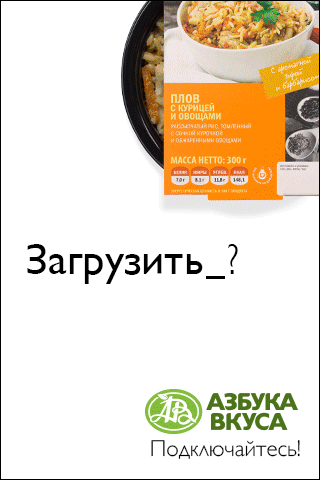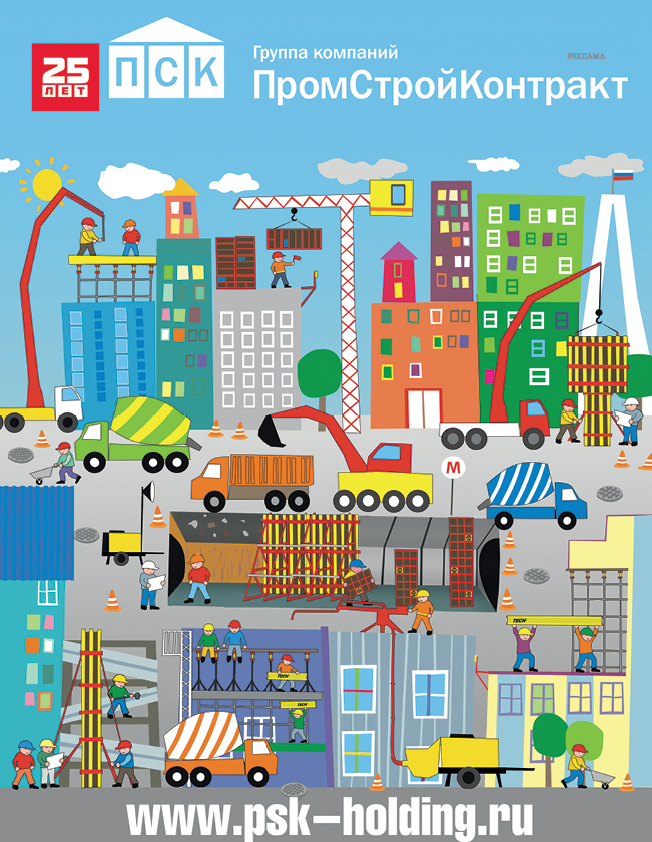Involuntarily in our days in the chest of a man
The sight of gold is breathtaking.
Pierre de Ronsard
More than four centuries have passed since the death of the French poet, and we still involuntarily freeze with delight even at the mere thought of gold bars and coins. And, although today, contrary to the statement of Mephistopheles, we are not ready to "die for the metal", apparently, it is human weakness in front of gold and silver that serves as one of the reasons for the constant growth of their value. And everything that has price dynamics can be used as an investment object. But let's see how profitable it is. 
First you need to find out what makes up the price of gold. The quotes of precious metals on the London Stock Exchange are taken as the basis, price fixing is set twice a day. But this is only part of the cost for the consumer. To it are added the costs of manufacturing, transporting and storing bars or coins, so, for example, buying a 10-gram bar will cost less than buying 10 bars of 1 gram. Plus the 18% value added tax that we pay when purchasing products. It should also be noted that the price that banks offer us is not regulated by the state and is set at the discretion of credit institutions. And what about the sale of ingots, when the need for them disappears?
Naturally, each of us is free to buy any amount of gold, silver, platinum or palladium and dispose of it at our discretion. But banks are very picky about the presentation of ingots and coins. Any, even the most insignificant scratch or abrasion on the surface of the ingot, will reduce the cost of the product by half. Therefore, bankers strongly recommend not to touch the product with bare hands during transportation and storage. And if you buy a coin in a special package, then they advise you not to take it out of there. Such strict requirements, combined with the complexity of storage, lead to the opening of a metal safekeeping account - an allocated account. Let's consider its advantages.
If you have become the owner of precious metal products and want to avoid problems with safety, it makes sense to entrust the storage to the bank. You can do this immediately when concluding a bullion purchase agreement or bring it later and open an account. An allocated account is opened only in a bank that has weighing equipment and devices for non-destructive determination of the authenticity of metal. In addition to the main documents - an identity card and a TIN - you will also need a product certificate, which indicates the manufacturer, weight, sample, serial number and other parameters. All data is entered in the act of acceptance.
The owner can terminate the contract at any time and get back his valuables, and precisely those that were deposited. Unlike deposit funds, which are put into circulation by bankers, precious metal ingots are accepted exclusively for storage and do not participate in attracting profits. Therefore, no interest is accrued on the metal account of safekeeping. But the cost to the owner can not be avoided. This is a commission for maintaining an allocated account - charged monthly; crediting and issuing metal - one-time commissions; opening and closing of a metal account - at the discretion of the bank. There are other costs - they are all spelled out in the contract.
Speaking about investments in precious metals, one cannot keep silent about the spread - the difference between the price at which bankers sell and buy precious metal products. In some banks, the difference often exceeds 40-45%, so we can talk about their high liquidity only in a long-term project. Moreover, the sale of ingots during the first three years obliges the owner to pay tax on profits (Article 217 of the Tax Code of the Russian Federation), which, together with other parts of the costs, turns the investment into a loss-making project.
It remains to compare the profitability of metals and determine the undoubted leader, but even here it is not so simple. For example, according to the results of 2015, gold and silver rose by 18-20%, while platinum and palladium fell by 6-12%. But in the long term, in terms of profitability, gold is only in third place, while palladium occupies the leading position. But, according to experts, palladium reserves in the world are quite common, and its high price is associated with the difficulty of mining. If new ways of extracting the metal are found in the next 10 years, its value could plummet. The price of platinum directly depends on the price of gold: when the yellow metal rises in price, platinum falls. Silver is the most unstable metal today, so it is attractive both as a quick income and for long-term storage. The owner can only follow the course and have time to sell it at a bargain price.
But if your plans do not go far ahead, you should not dismiss the idea of investing in precious metals. In addition to safekeeping accounts, banks offer depersonalized metal accounts - CHI. In this case, you also go to the bank to buy precious metal. But a non-physical quantity, not a commodity, not a product, but its conventional unit. The price of such a purchase, of course, is lower than the cost of the ingot. It is determined by the current value of the metal on the London Stock Exchange. But in banks it is offered to customers at an inflated price, and bought from them at a reduced price.
Bankers provide two types of accounts - urgent and on demand. In the first case, the account is opened for a specified period, and early termination leads to a loss of interest (from 0.5 to 1% per annum). Although, it should be noted that not all banks provide interest accrual even for urgent compulsory medical insurance. A demand account implies that the client can dispose of it at his own discretion: buy or sell part of the metal, close the account at will. Interest on such accounts is not charged, and the yield is measured by the difference between the purchase and sale of the precious metal.
The last thing I would like to focus on is the pros and cons of an impersonal metal account. The undoubted advantage is the absence of difficulties with the storage and sale of virtual gold or silver. Conditional metal does not require weighing and authentication, which means that you can make a deal with almost any bank. Great competition forces bankers to refuse additional commissions for opening and maintaining an account. The entry threshold is 1 g, that is, you can buy any amount of metal that is a multiple of 1 gram. You can open an account both in your own name and in the name of a third party. Often, parents open CHI for their minor children. The liquidity of conventional metal is higher than that of bars and coins, so it is considered for quick profit. You can also cash out an unallocated metal account in ingots, of course, by paying 18% VAT.
Now for the cons. Metal accounts do not fall under the state deposit insurance program. If a credit institution's license is revoked, it will be impossible to return the money invested. Therefore, despite a wide range of offers, the choice is reduced to a bank from the top ten of the reliability rating. To avoid paying the tax, you need to own compulsory medical insurance for at least three years, otherwise you will have to file a declaration and transfer 13% to the budget.
For clarity, let's calculate the profitability of CHI using a specific example. Let's take gold and the reporting period is 1 year. In May last year, Sberbank sold gold at 2039 rubles. This year he buys from customers for 2479 rubles. It turns out that even taking into account the spread, the yield of the metal for the year amounted to 21.58%. The highest rate of gold for the year was in February. Those who managed to sell the metal at a favorable rate received an income of 45.3%. For comparison, the highest interest on a deposit in the same Sberbank is only 7.76%. We think further comments are unnecessary.
The studies we have undertaken have proven that investing in metal accounts is viable.

 DOWNLOAD
DOWNLOAD LOOK
LOOK
 Top Content of the Month
Top Content of the Month


